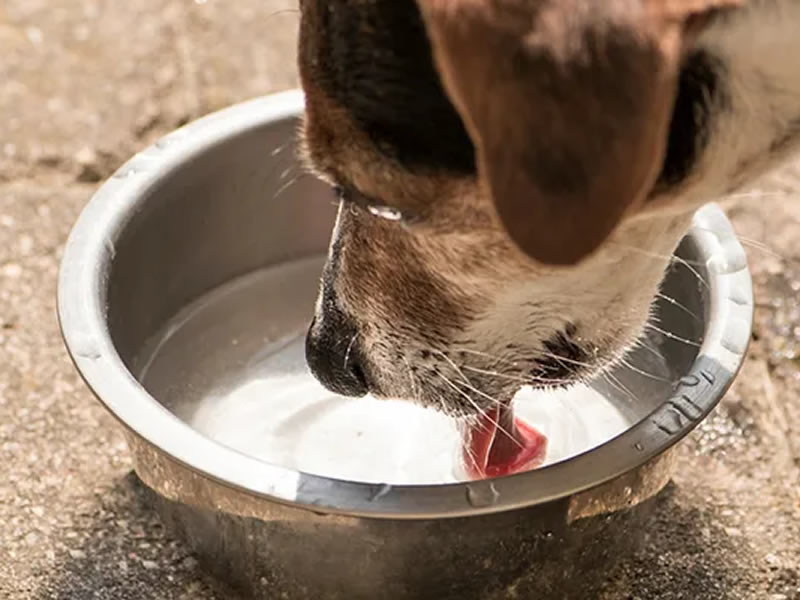Warm weather worries – protect pets from heatstroke
It’s that time of year again!!
We are all feeling the heat at the moment and need to keep in mind that our furry friends get particularly warm in this hot sticky weather! Make sure you keep an eye out for signs of heat stroke in your pets and leave out containers of water for wildlife as it has been many warm days without any proper rain.
Heatstroke is a very serious condition and can lead to multiple organ failure. Animals can die quickly if not treated.
Warmer weather is on its way, so now is a good time to make sure you know the signs of heatstroke in your pets and how to avoid it in the first place.
Heatstroke is a very serious condition and can lead to multiple organ failure. Animals can die quickly if not treated.
How to avoid heatstroke
- Keep your pets in cool, shaded areas with good ventilation
- Do not exercise pets in hot, humid conditions
- Never leave your pet in a car or vehicle
- Provide plenty of fresh water and extra water supplies in case of spills
- If inside your home is cooler than outside, bring them inside
Which pets are most at risk?
All animals are at risk of heatstroke. However, some animals have a higher chance of running into serious problems, including brachycephalic dogs and cats (‘squishy and flat-faced’ dogs like bulldog varieties, pugs, Pekinese, and cats such as Persian and Himalayans) and smaller pets.
Flat-faced dogs have serious difficulty breathing because of their short muzzles which means in hotter weather they can struggle to cool themselves. Brachycephalic breeds are 146% more likely to suffer heat stroke than other dog breeds.
Smaller animals such as mice, rats, Guinea pigs, ferrets, rabbits, and birds are often confined to cages and hutches preventing them from moving to cooler areas once the temperature rises. In hot weather, these animals should be moved into cool, shady and well-ventilated areas with plenty of fresh, clean drinking water.
Other factors that can heighten the risk:
- Obesity
- Thick/long hair coat
- Extremes in age (young/old)
- Excessive exercise
- Respiratory disease/breathing problems (i.e. laryngeal paralysis, collapsing trachea)
- Heart problems/Cardiovascular disease
- Neurological disease
- Dehydration
What are the signs of heatstroke?
Signs may vary between animals, but commonly include:
- Relentless panting (increases as heatstroke progresses)
- Drooling, salivating
- Agitation, restlessness
- Very red or pale gums
- Bright red tongue
- Increased heart rate
- Breathing distress
- Vomiting, Diarrhoea (possibly with blood)
- Signs of mental confusion, delirium
- Dizziness, staggering
- Lethargy, weakness
- Muscle tremors
- Seizures
- Collapsing and lying down
- Little to no urine production
- Coma
If you suspect your pet may be suffering heatstroke, contact your vet immediately and seek help.

